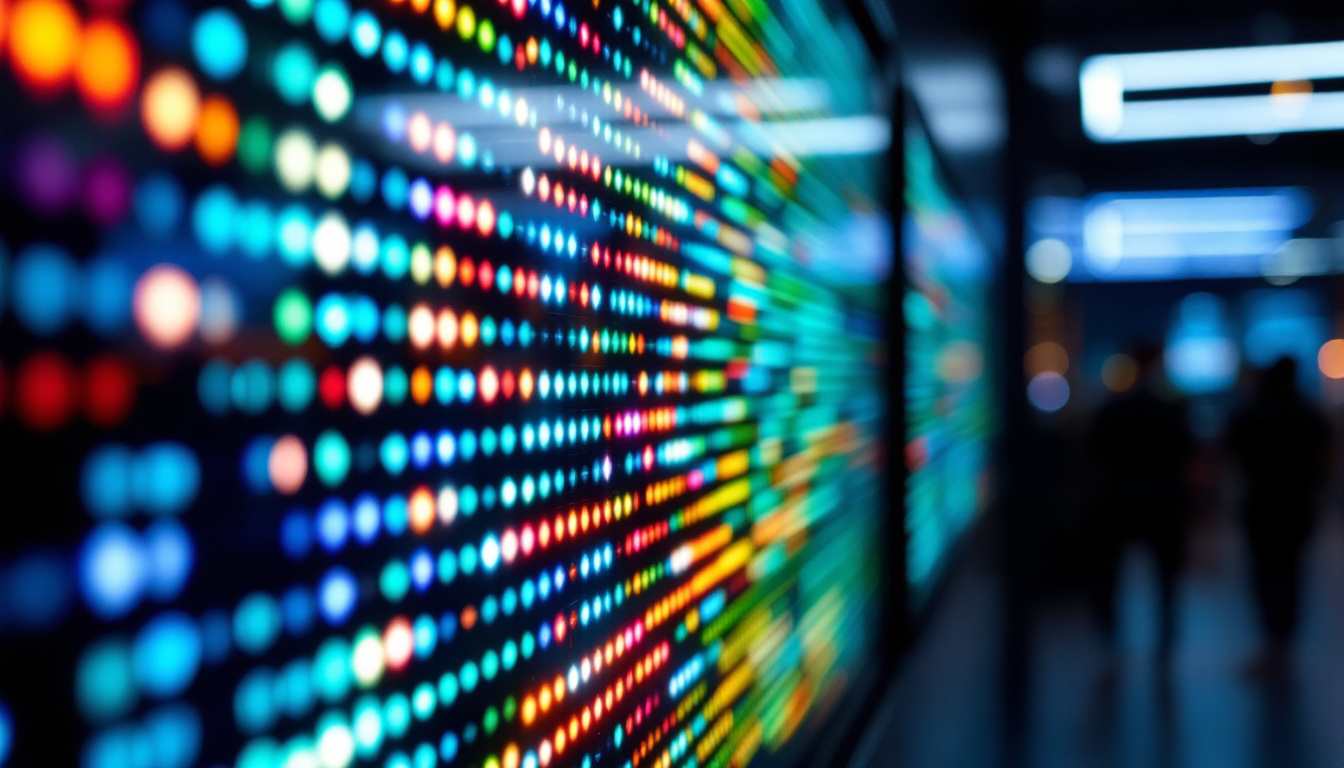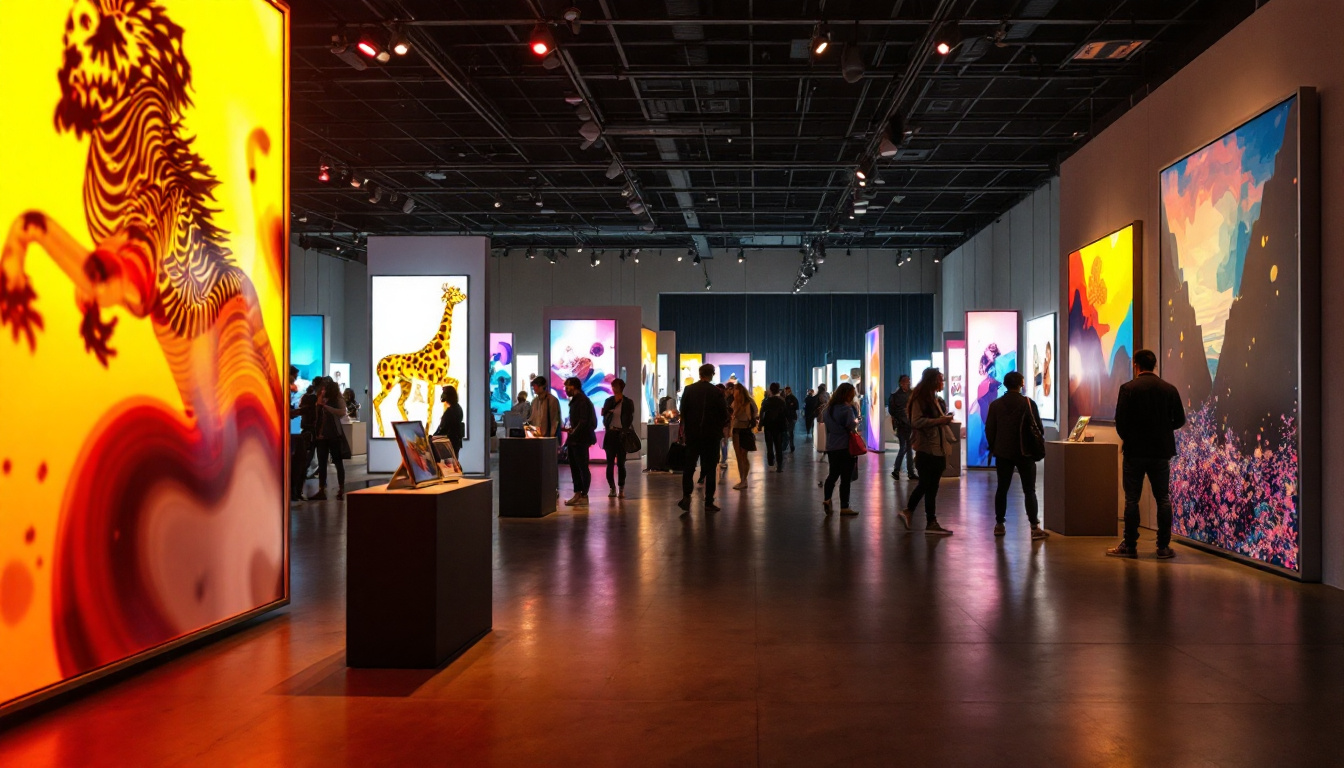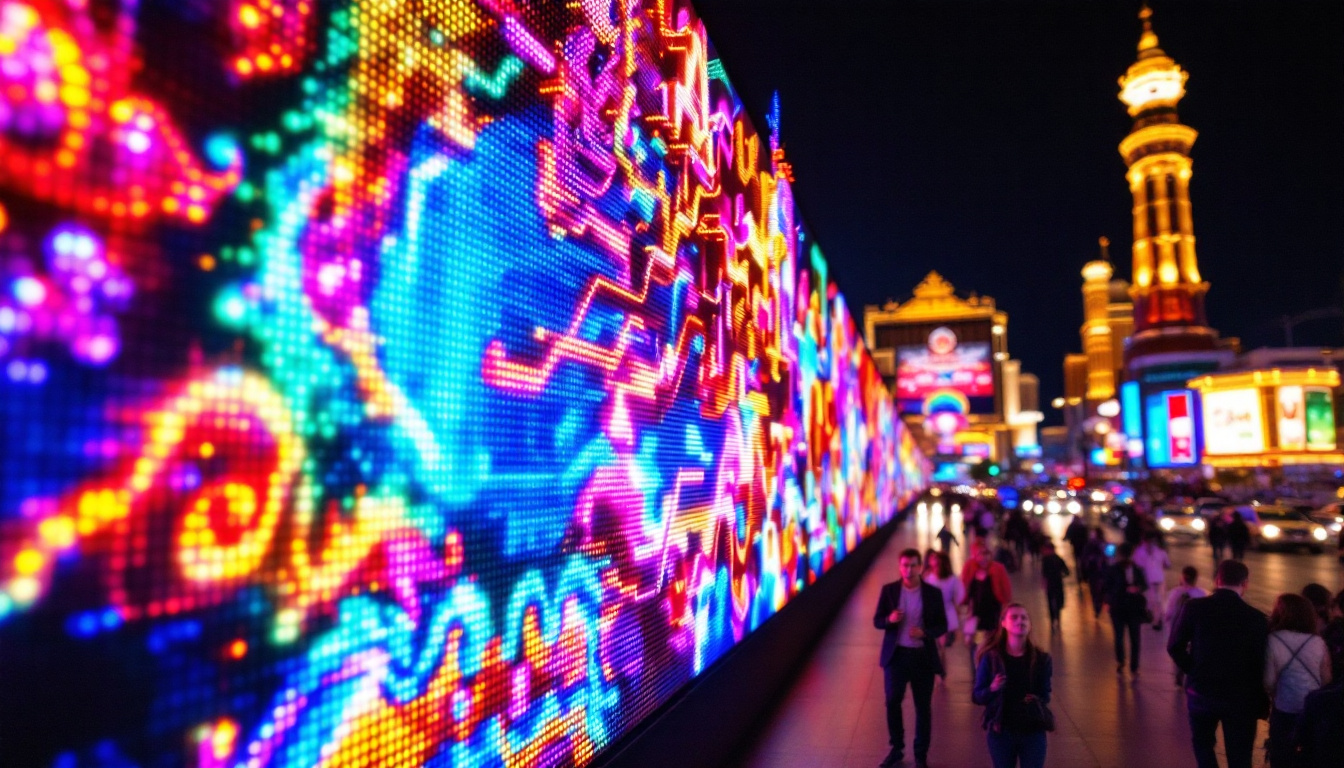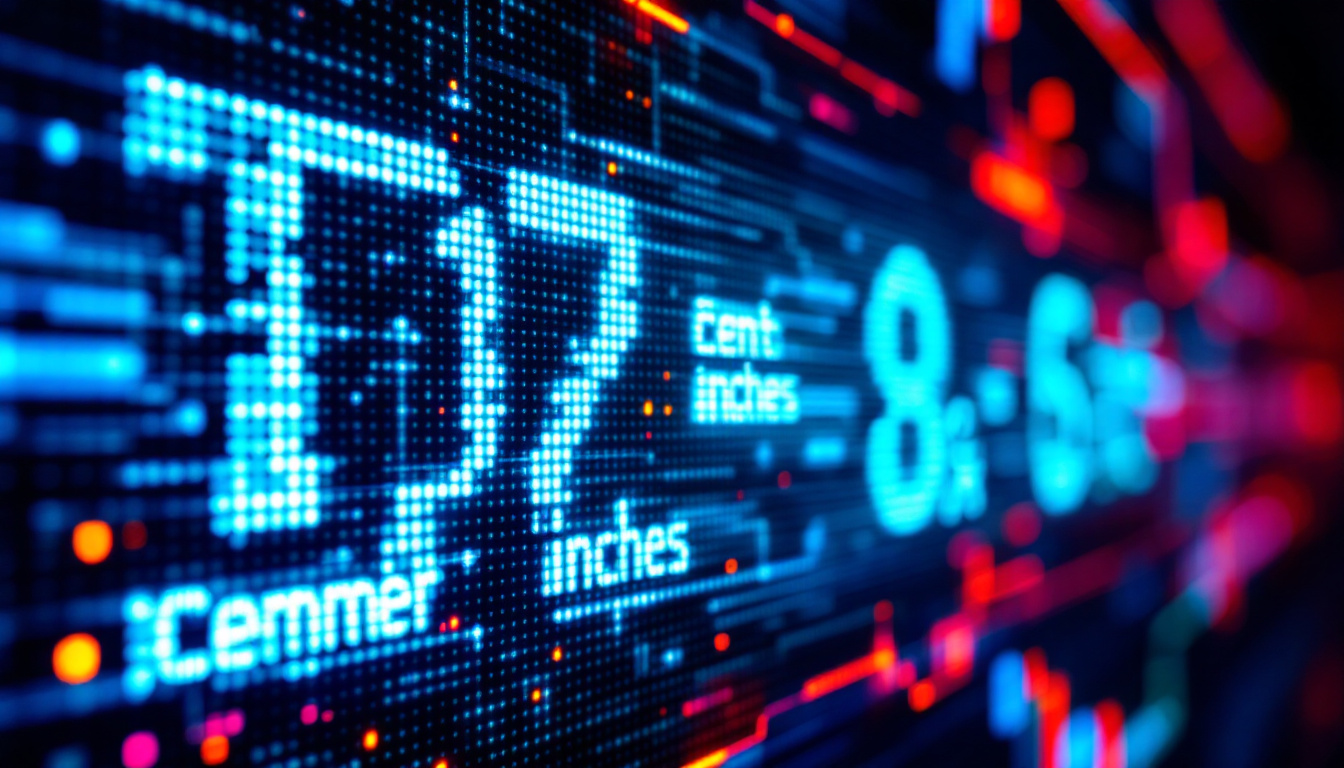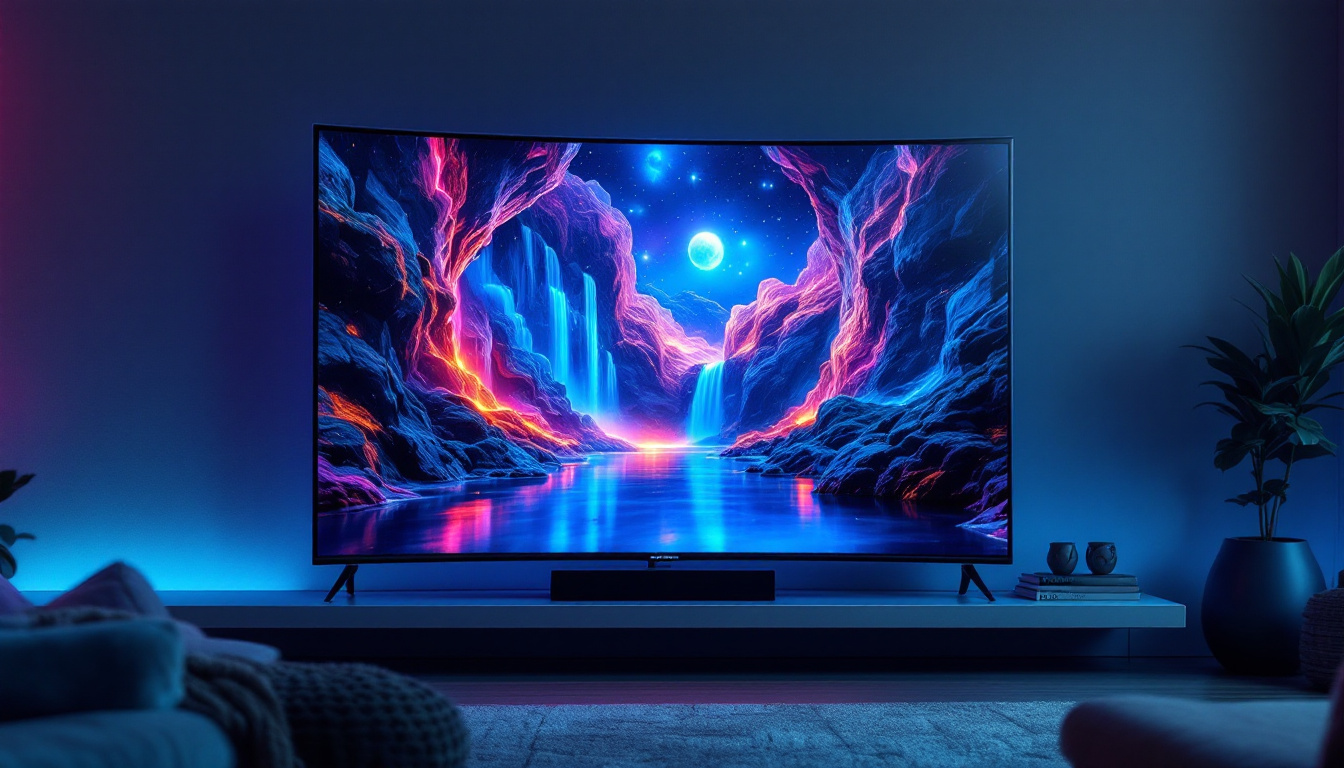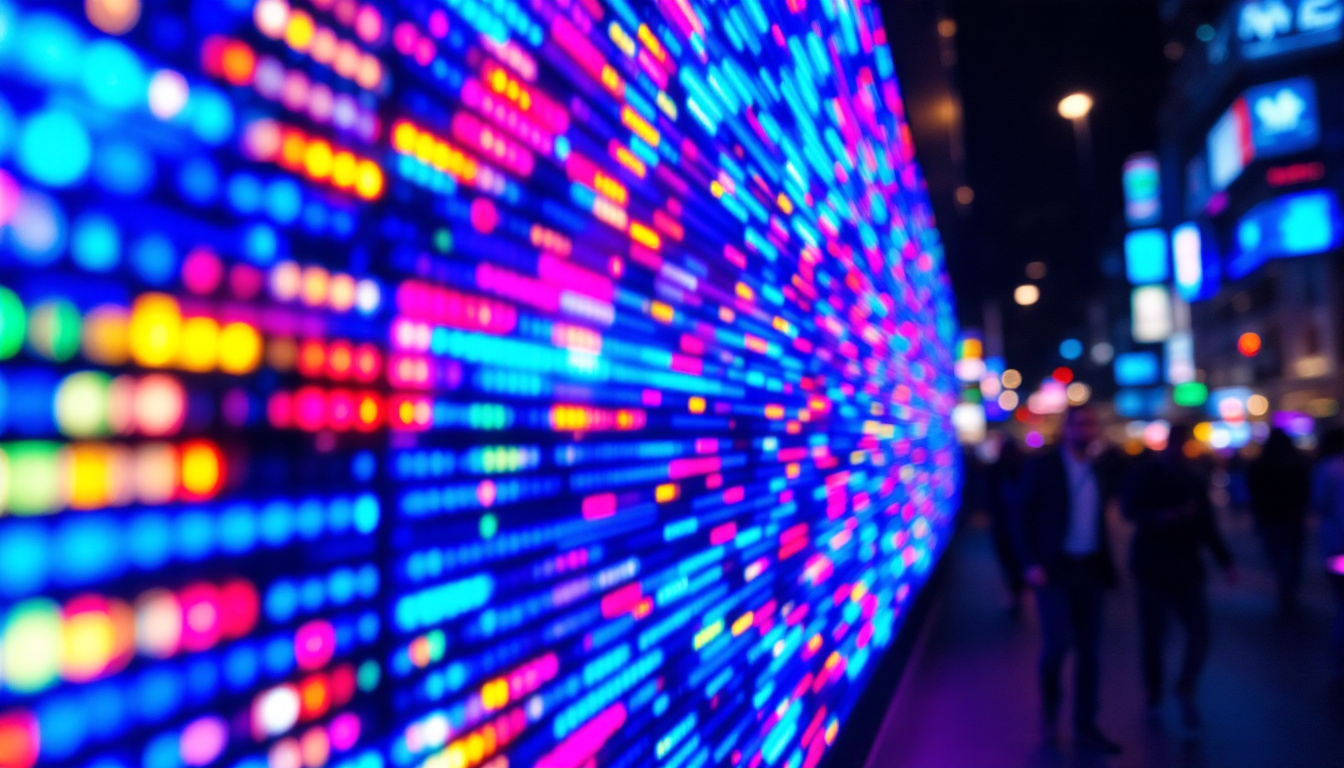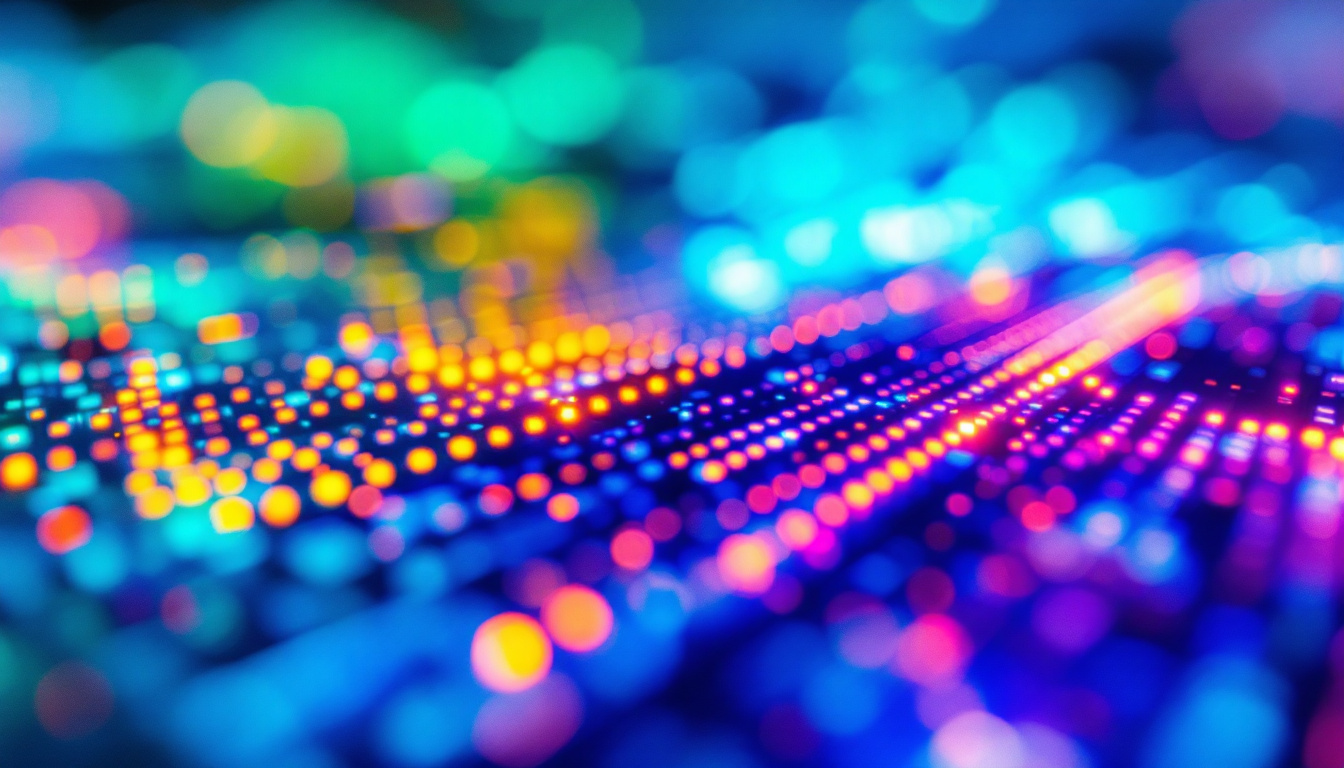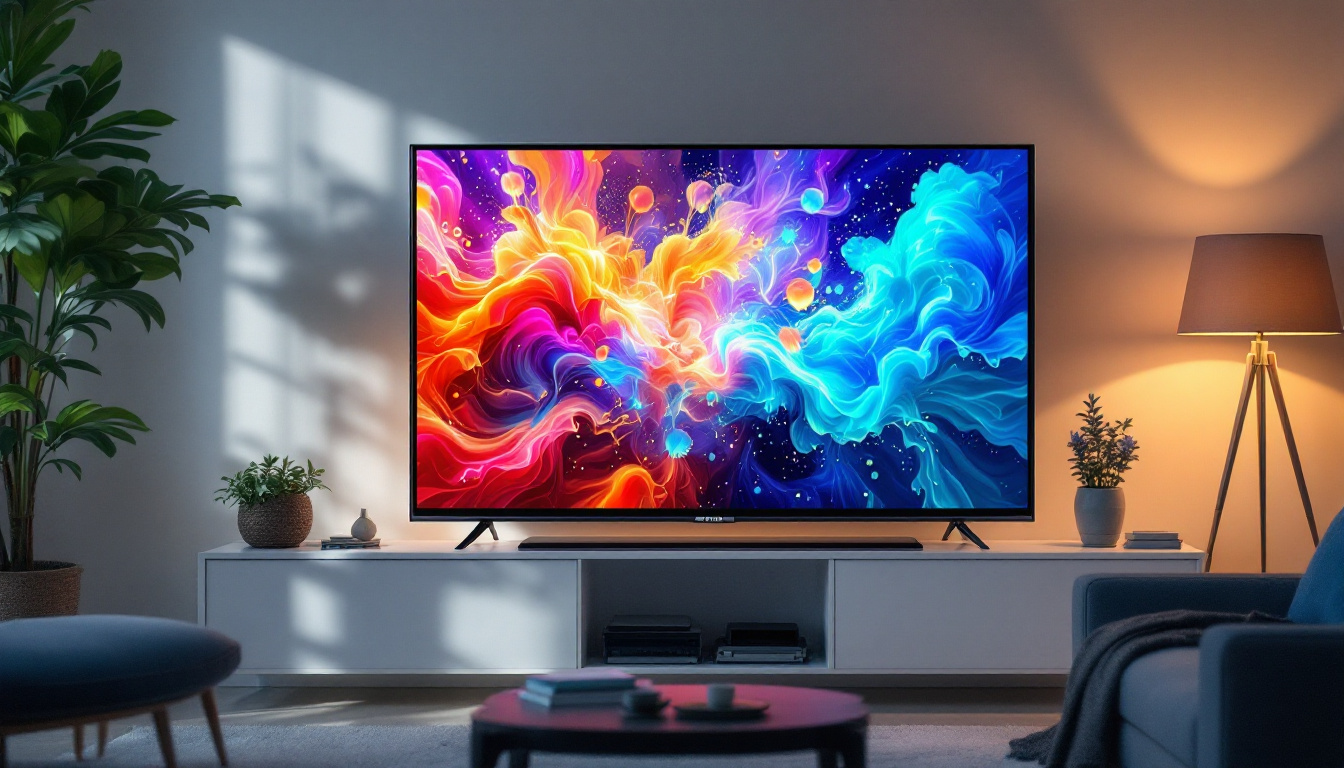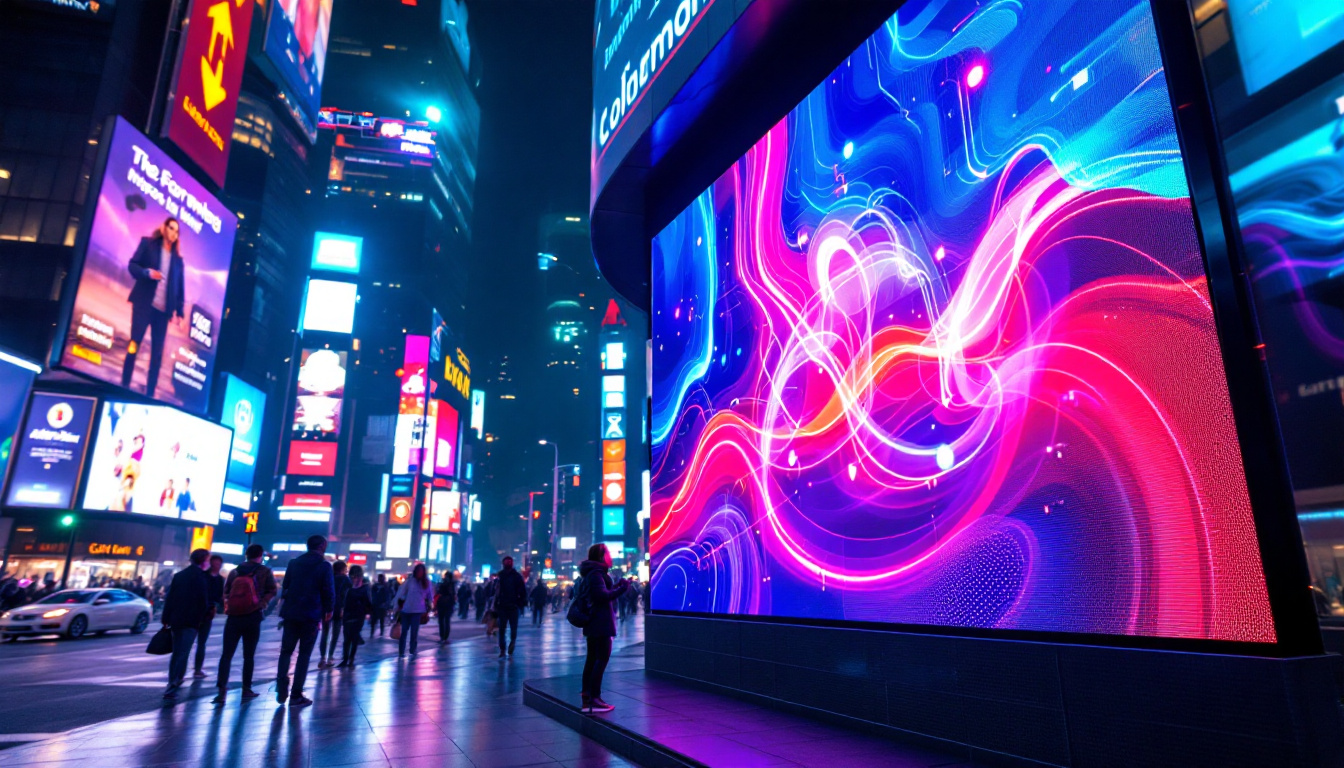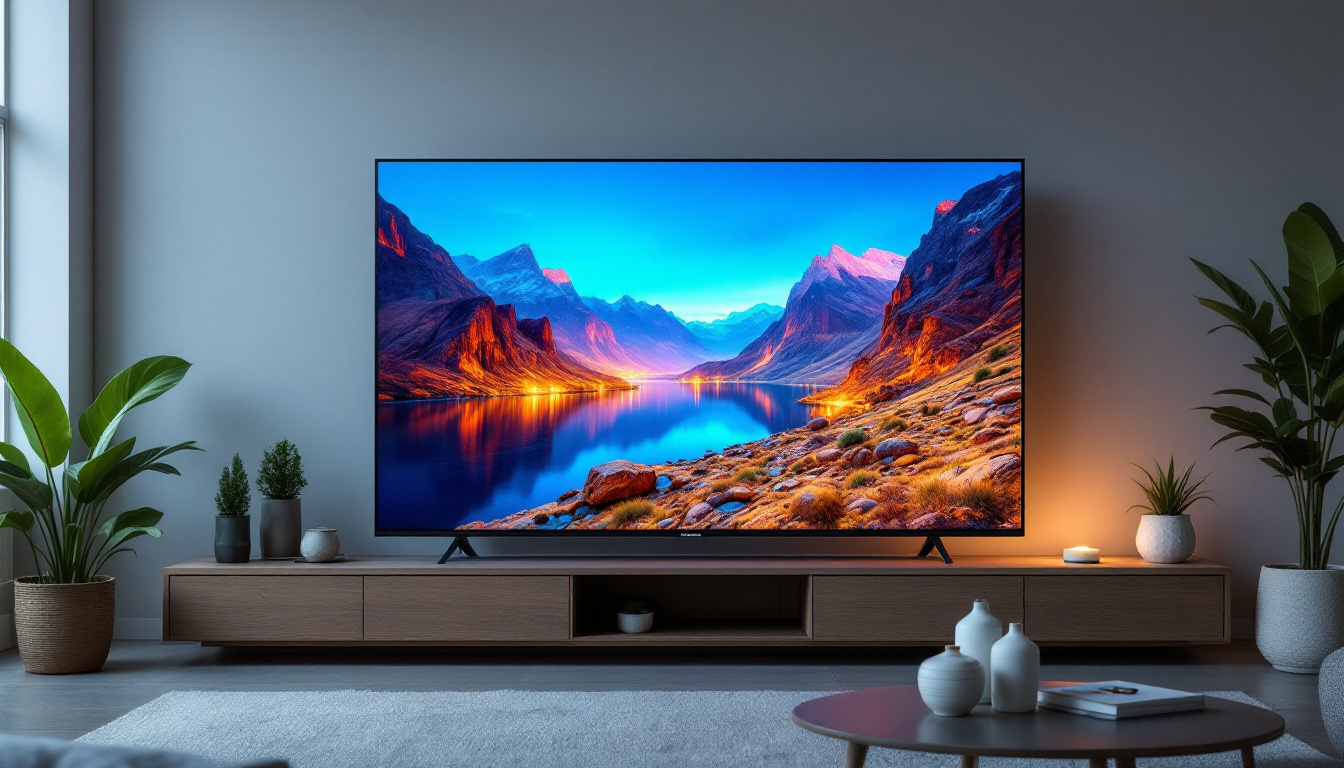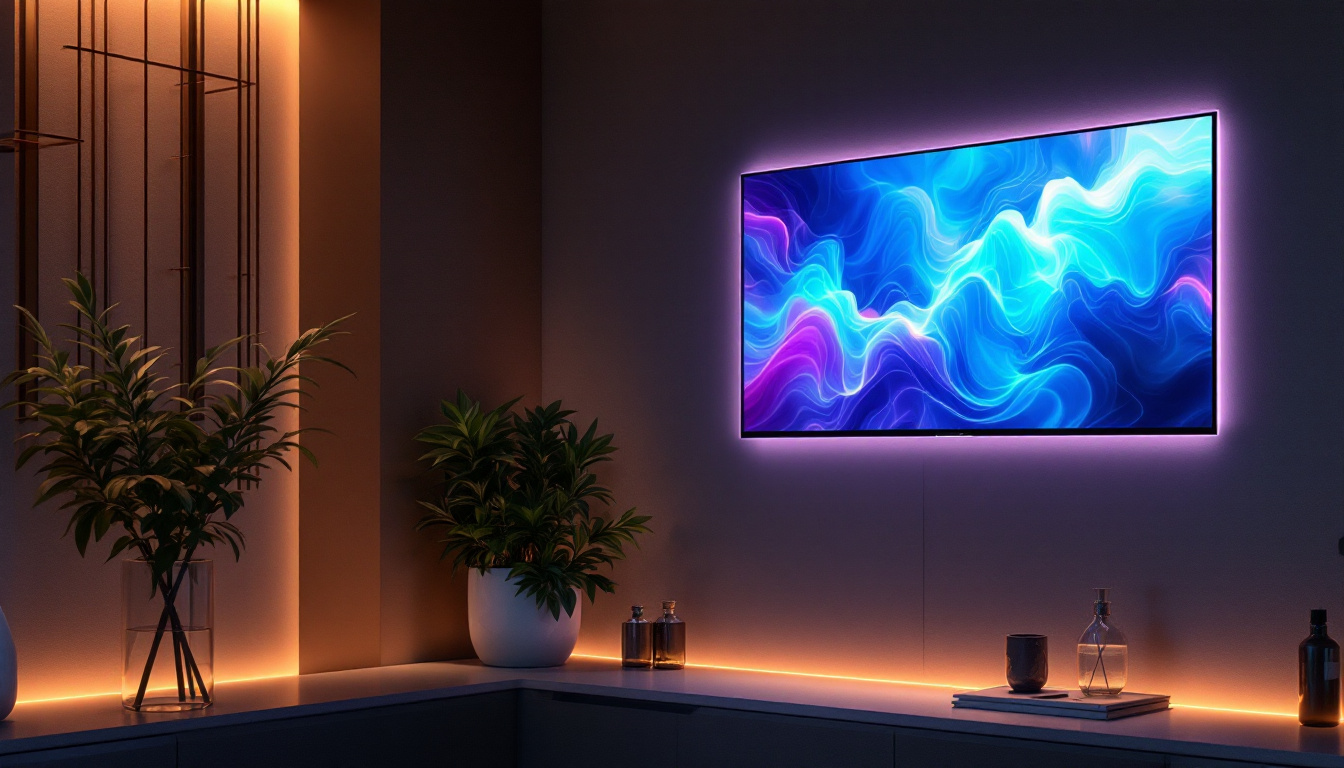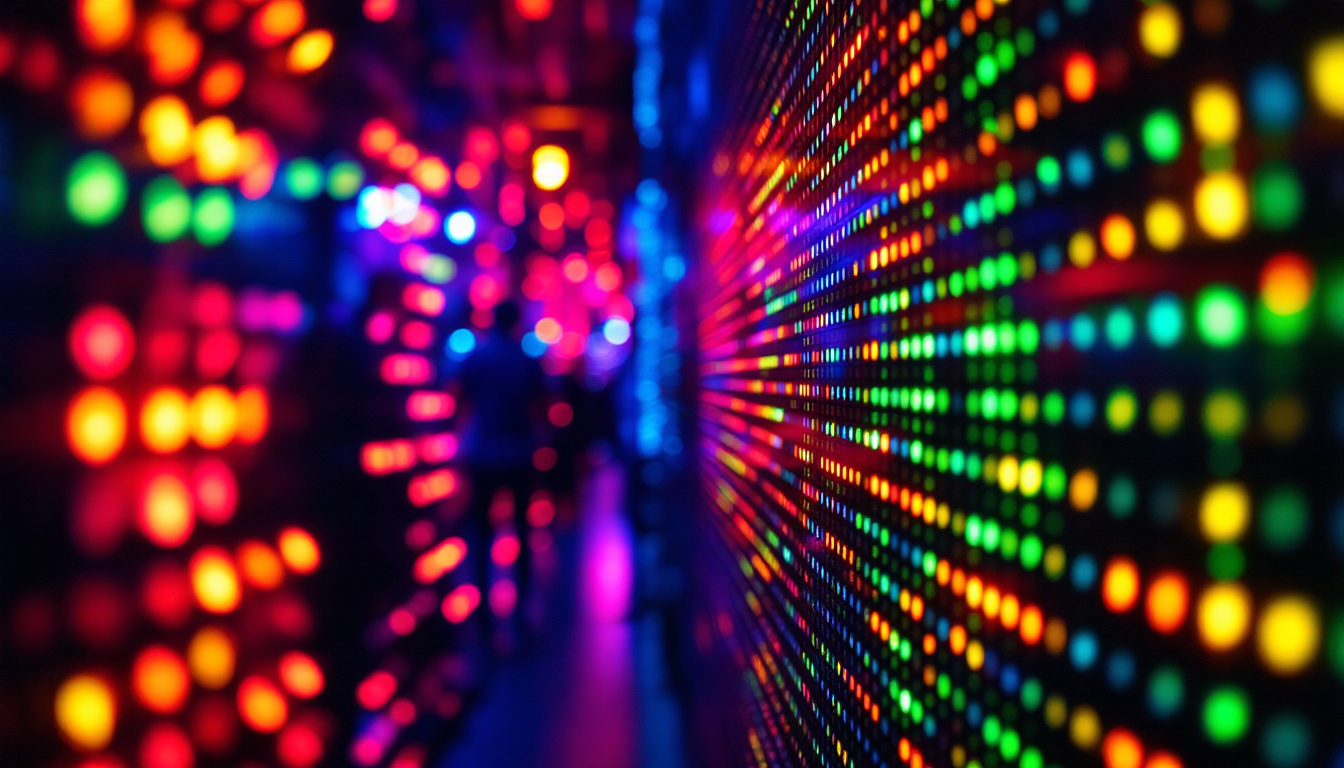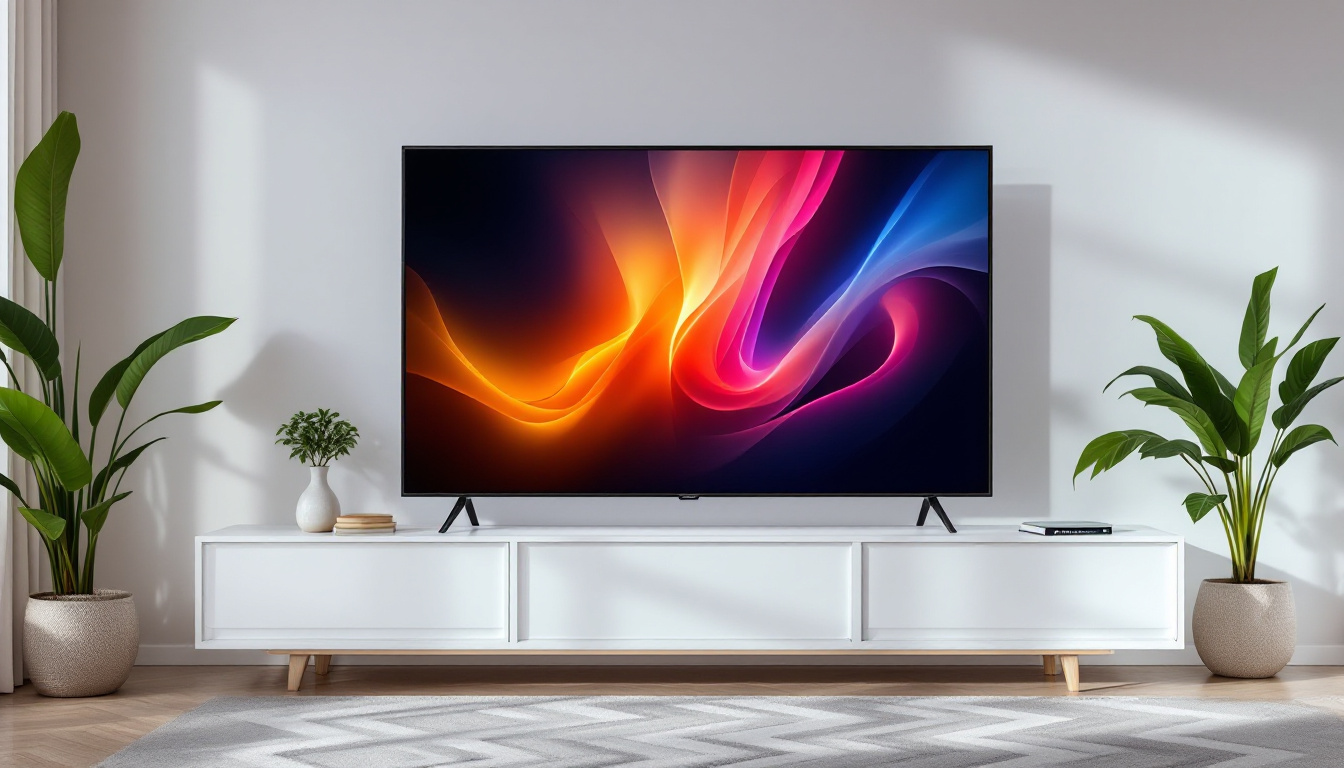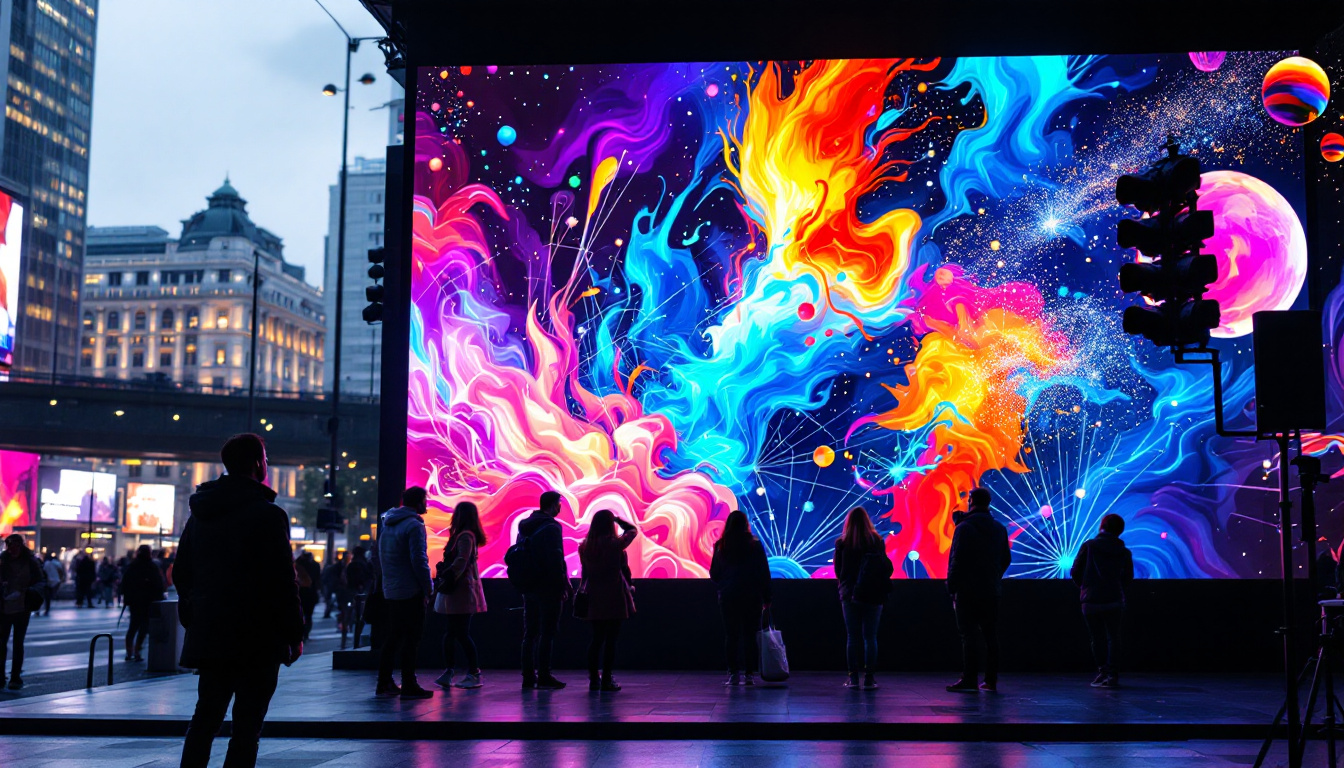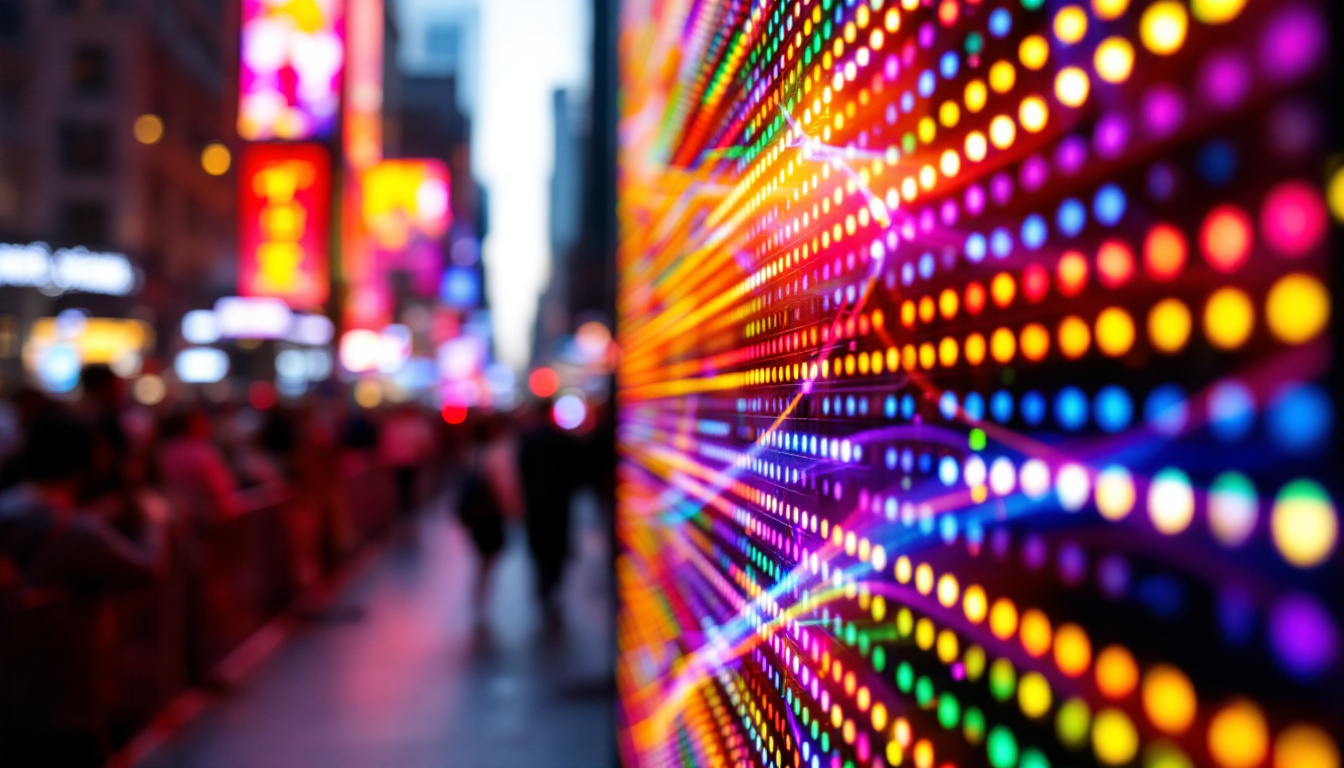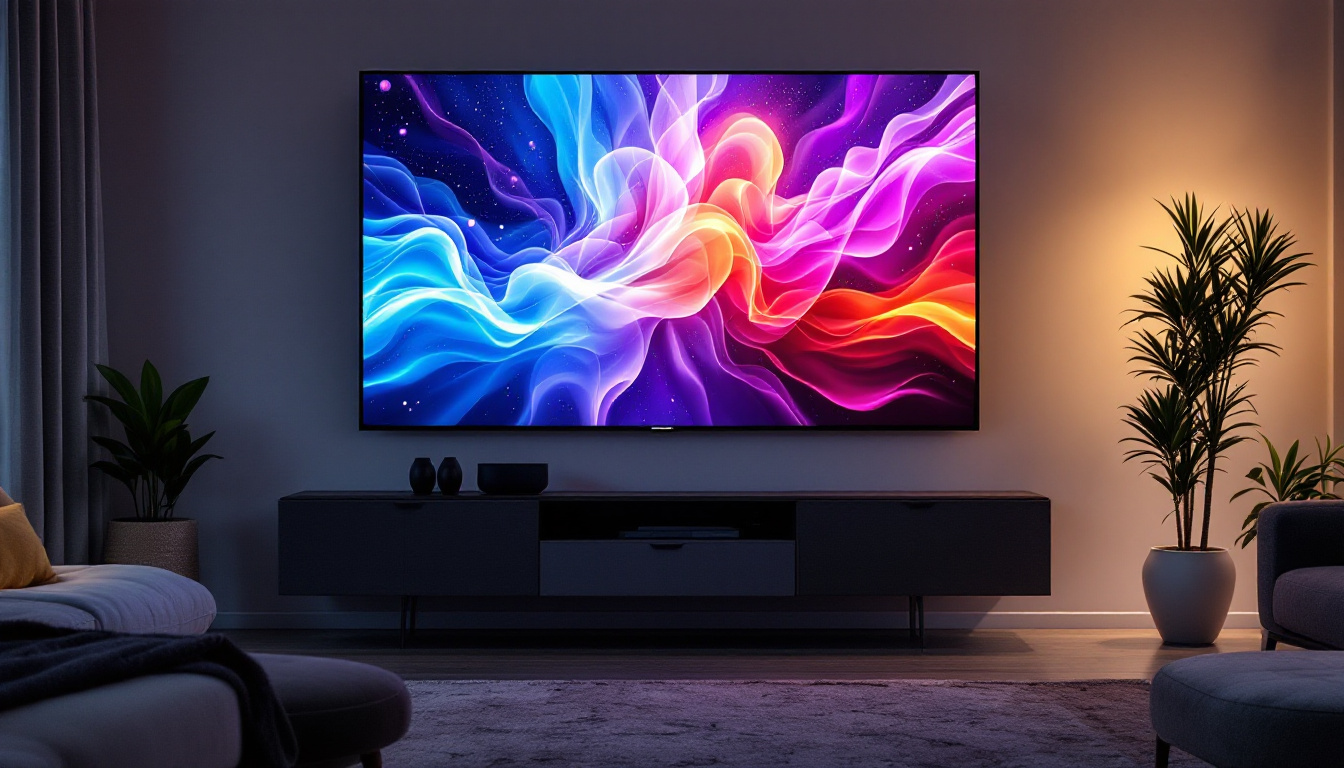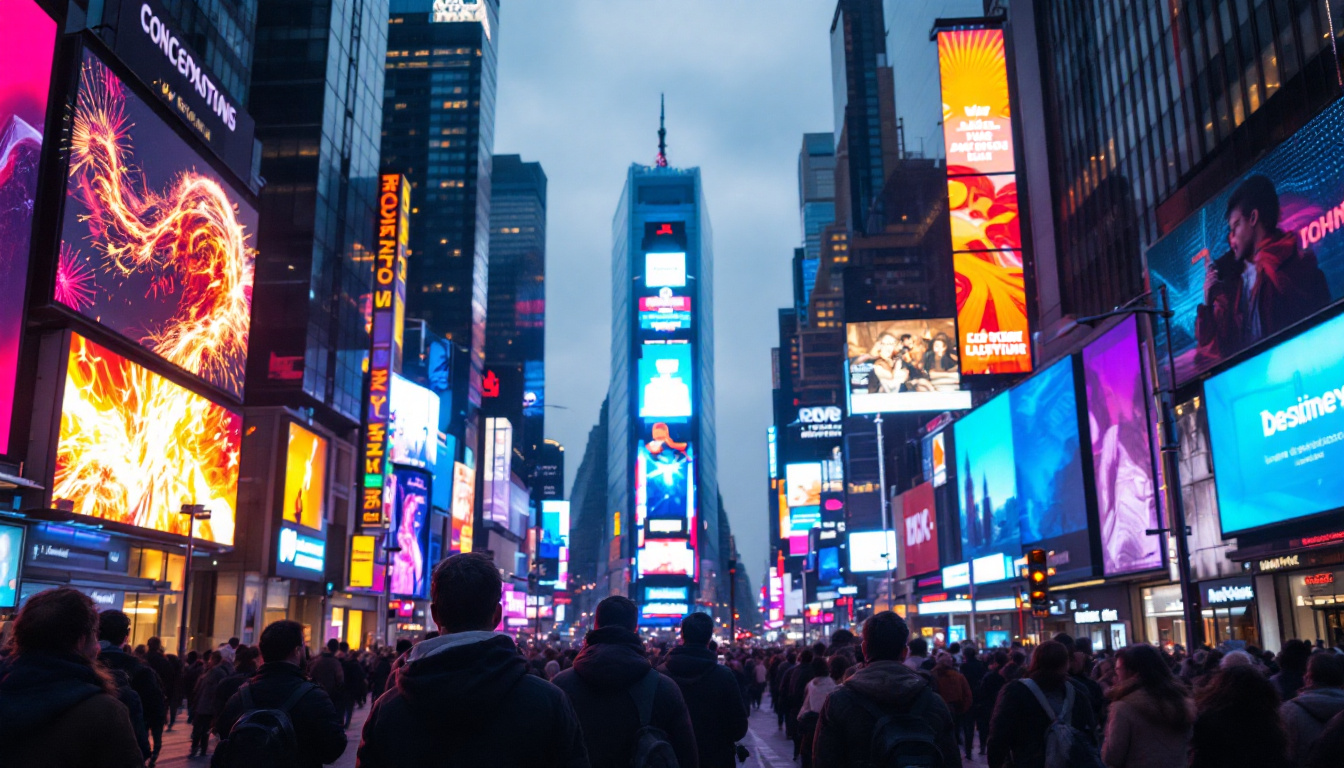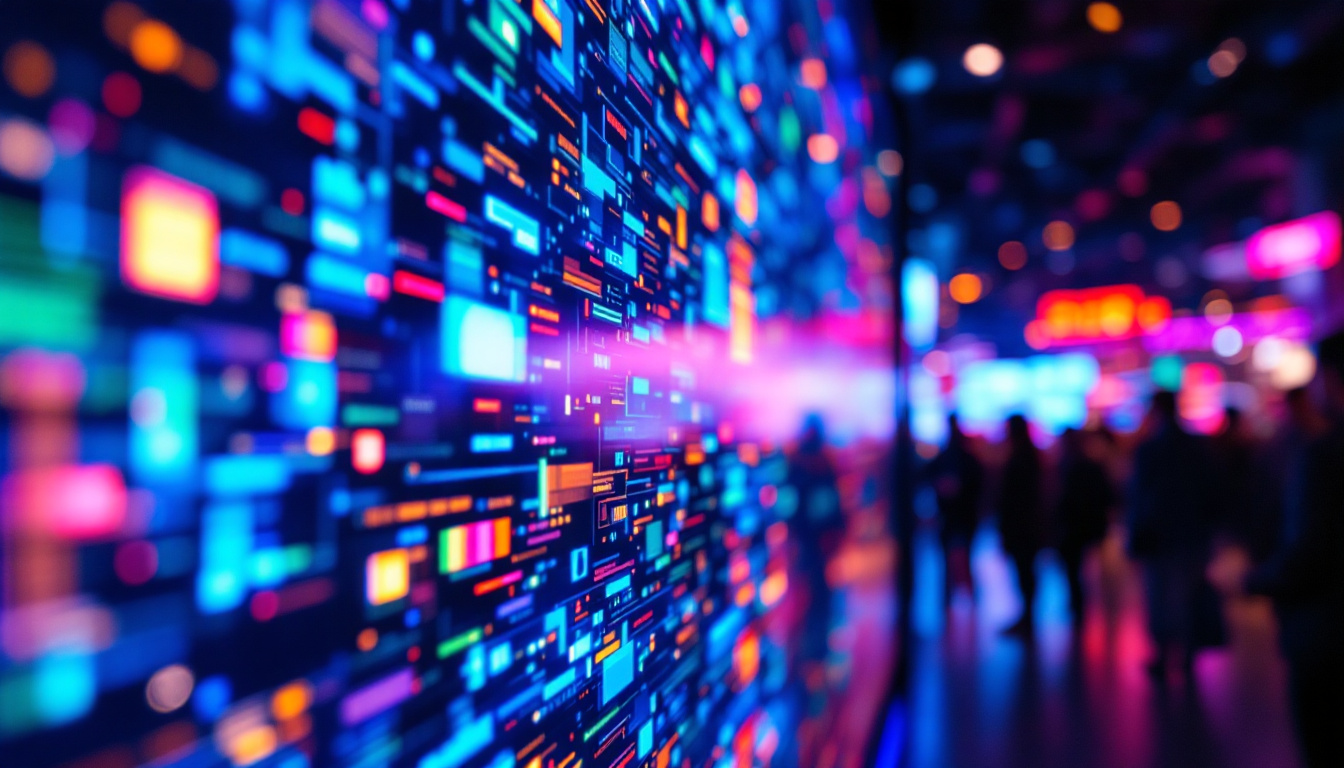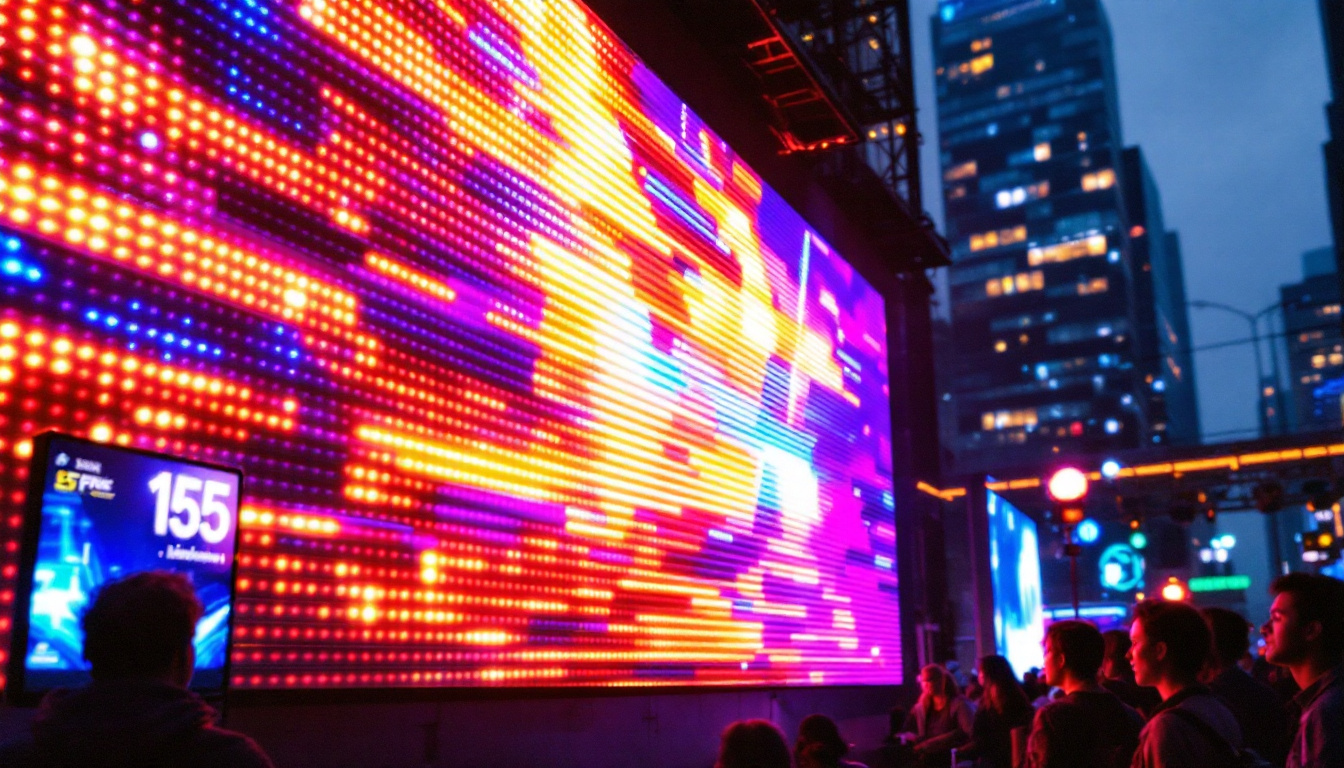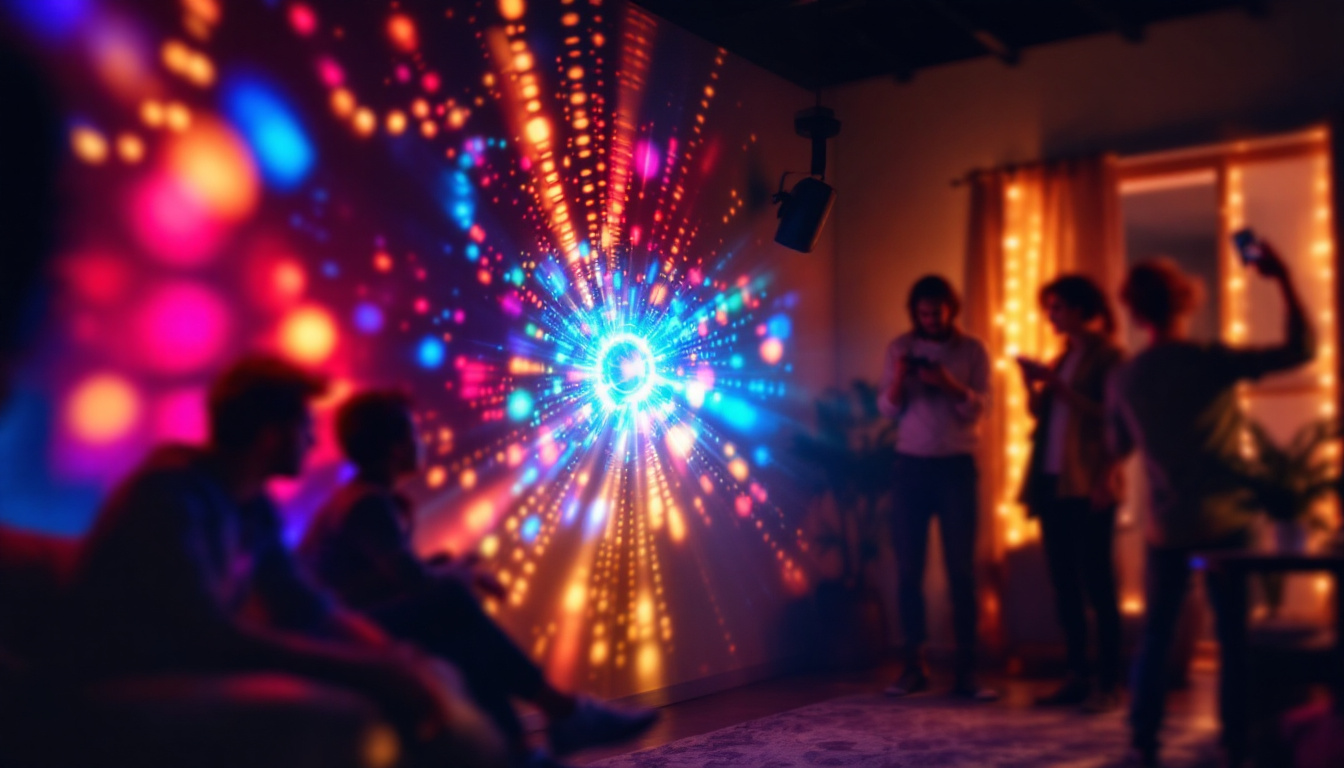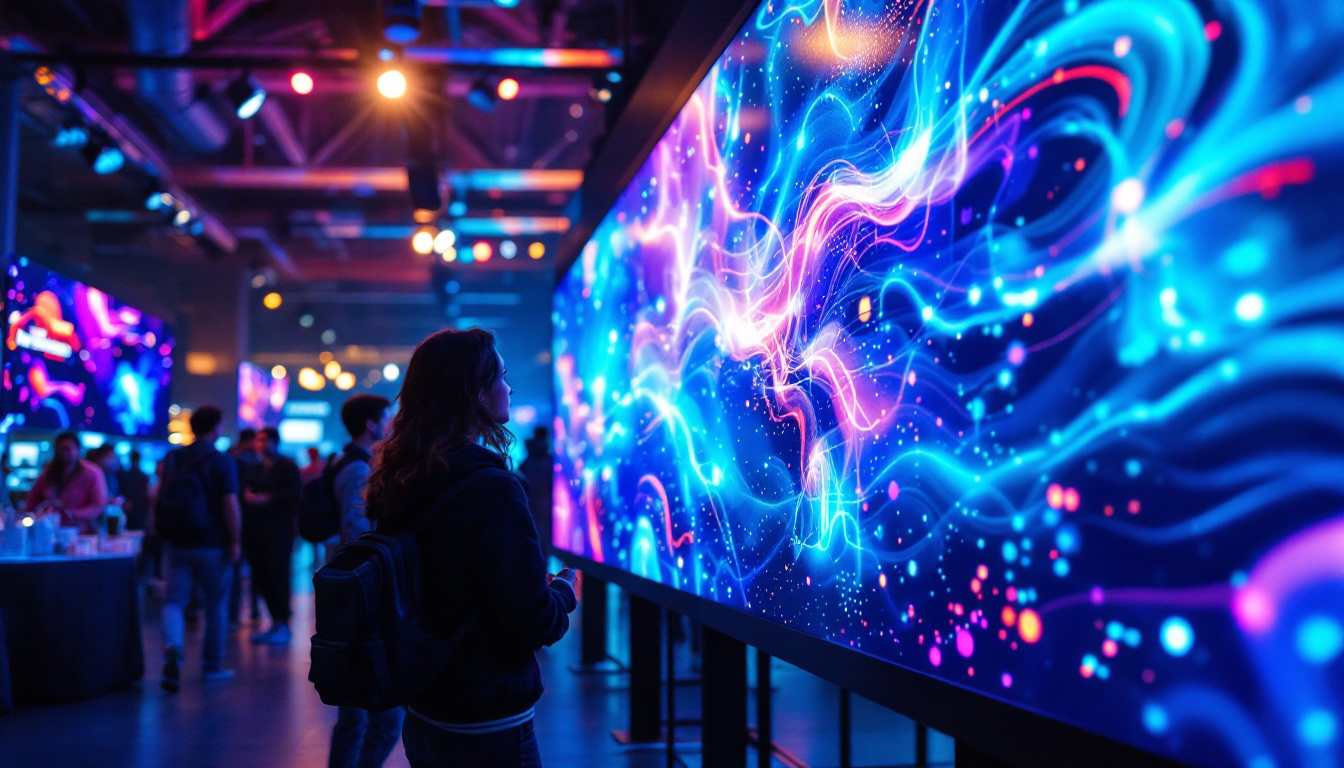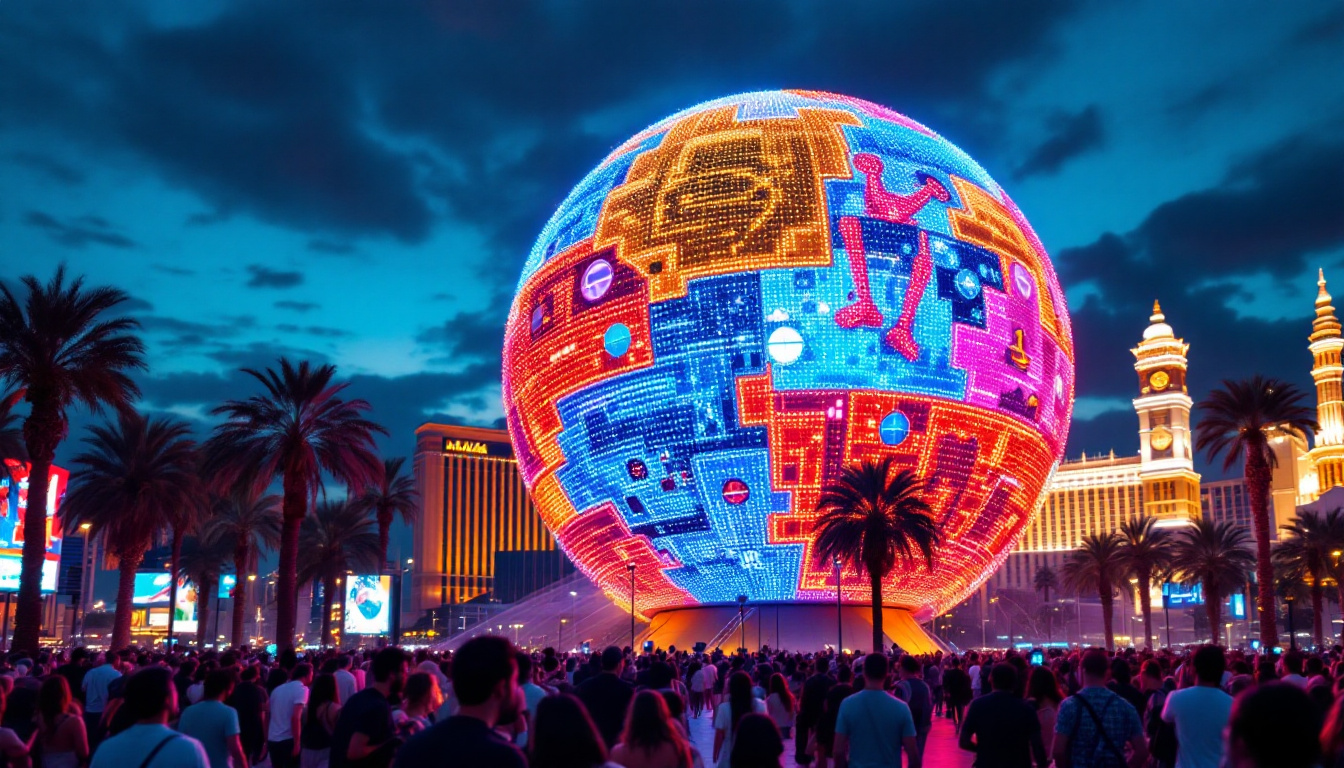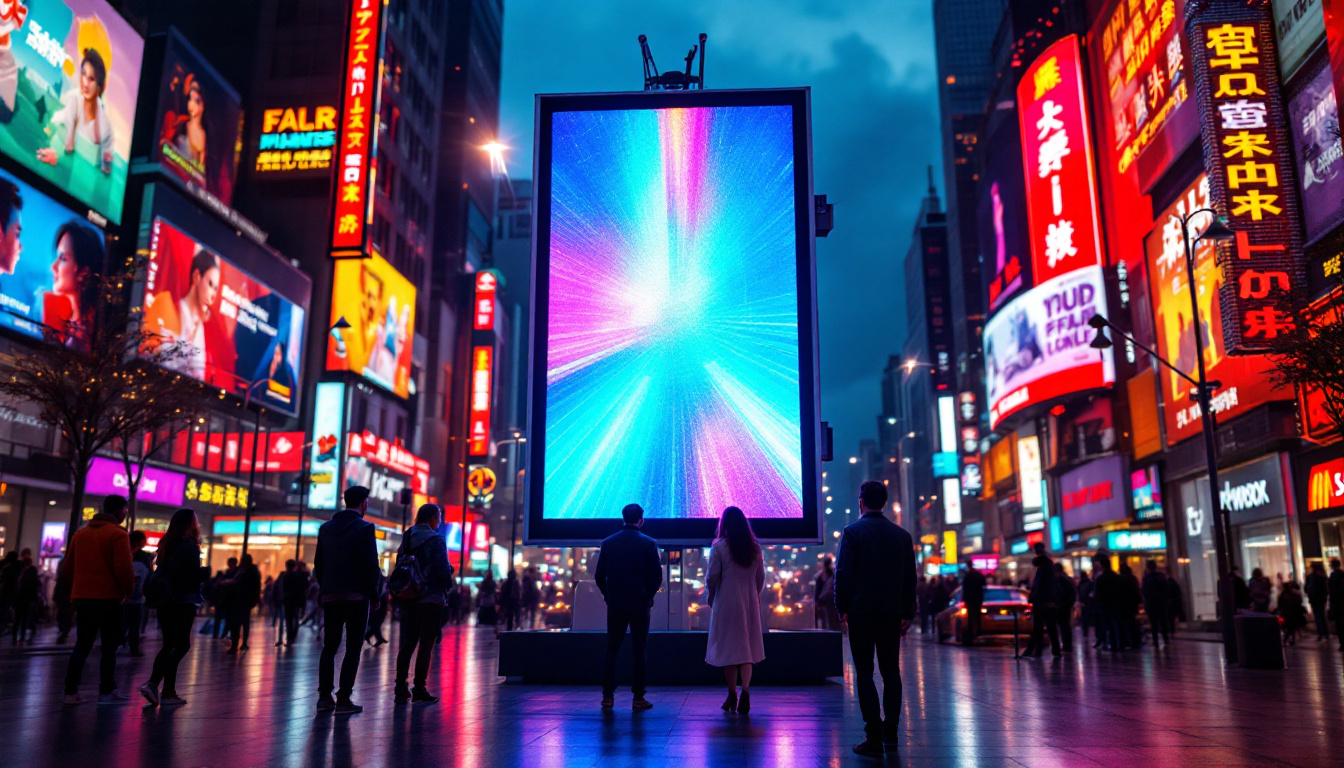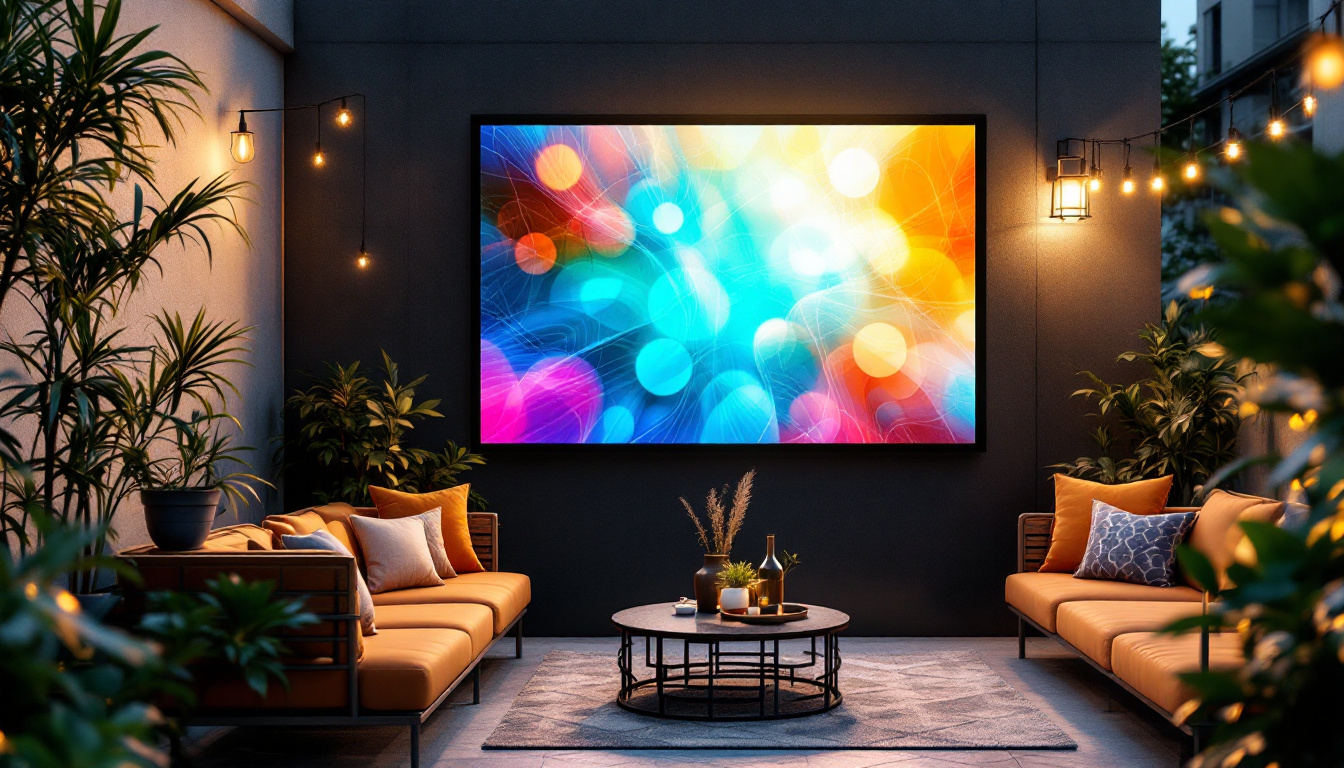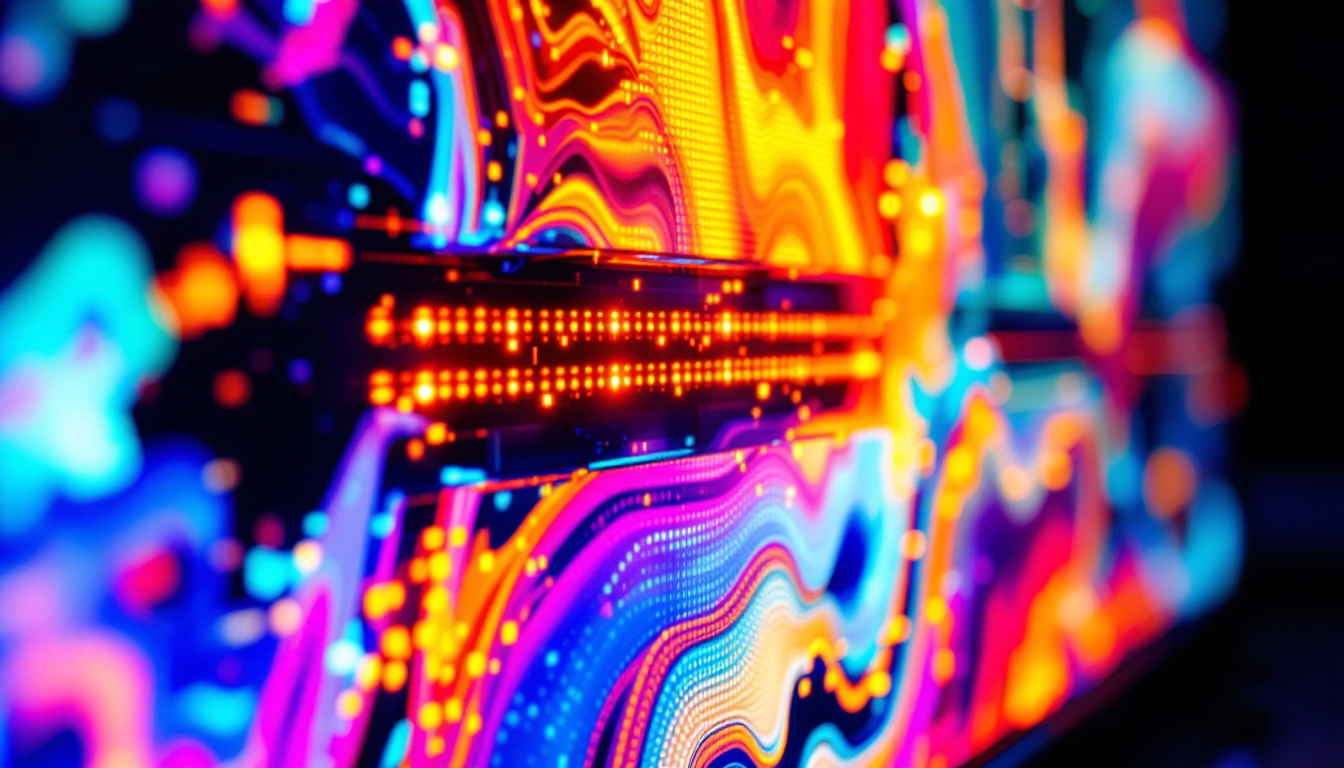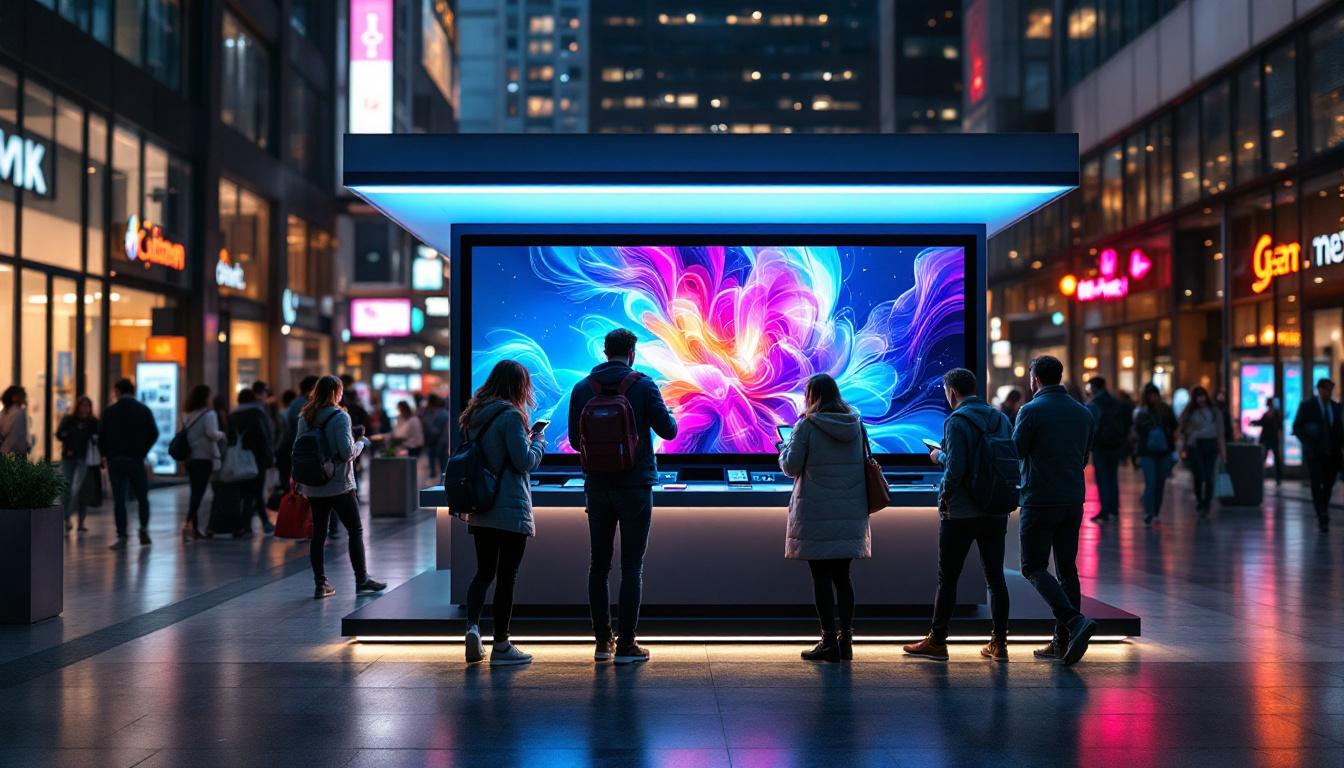In today’s digital age, LED displays have become an integral part of our everyday lives. From billboards to smartphones, these vibrant screens are everywhere, providing dynamic visuals that captivate audiences. This article delves into the intricacies of LED displays, exploring their technology, applications, and the reasons behind their growing popularity.
Understanding LED Technology
LED, or Light Emitting Diode, is a semiconductor device that emits light when an electric current passes through it. This technology has revolutionized the way displays are designed and utilized, offering numerous advantages over traditional display technologies. The efficiency of LEDs allows them to consume significantly less energy compared to incandescent or fluorescent lights, making them not only a cost-effective solution but also a more environmentally friendly option. Their longevity is another remarkable feature; LEDs can last up to 25 times longer than traditional bulbs, reducing the frequency of replacements and waste.
The Basics of LED Functionality
At its core, an LED display consists of multiple tiny light-emitting diodes arranged in a grid. Each diode can emit different colors, and by combining these colors, a wide spectrum of hues can be created. The primary colors of light—red, green, and blue (RGB)—can be mixed to produce various shades, allowing for rich and vibrant images. This color mixing capability is crucial for applications ranging from digital signage to television displays, where accurate color representation is essential for viewer engagement.
The process of creating images on an LED display is achieved through a technique called pulse-width modulation (PWM). This method adjusts the brightness of each pixel by varying the duration of the electric pulse sent to the LED, enabling precise control over the visual output. PWM not only enhances the visual quality by providing smooth transitions between colors but also helps in reducing flicker, which can be particularly beneficial in environments where prolonged viewing occurs, such as in offices or homes.
Types of LED Displays
There are several types of LED displays available, each designed for specific applications. The most common types include:
- Direct View LED Displays: These displays are made up of individual LEDs that form the entire screen. They are often used in large outdoor advertising boards and stadium screens. Their brightness and visibility in direct sunlight make them ideal for high-traffic areas, where capturing attention is paramount.
- LED Backlit Displays: These screens use LEDs as a backlight for LCD panels, enhancing brightness and color accuracy. They are commonly found in televisions and computer monitors. The use of LED backlighting not only improves the overall picture quality but also allows for thinner designs, catering to the modern consumer’s preference for sleek and stylish electronics.
- Organic LED (OLED) Displays: OLED technology uses organic compounds that emit light when an electric current is applied. This allows for thinner screens and better contrast ratios, making them popular in smartphones and high-end televisions. The ability of OLEDs to achieve true blacks by turning off individual pixels results in stunning visuals that are particularly appealing for cinematic experiences.
In addition to these types, there are also specialized LED displays such as Mini LED and Micro LED technologies, which offer even greater precision and performance. Mini LED displays utilize smaller LEDs to create a more detailed image with improved local dimming capabilities, while Micro LED technology takes it a step further by using microscopic LEDs that can be arranged in various configurations, paving the way for modular displays that can be customized for different sizes and shapes. This innovation opens up exciting possibilities for future display designs, allowing for immersive experiences in both entertainment and professional environments.
Applications of LED Displays
The versatility of LED displays has led to their adoption across various industries. Their ability to convey information in an engaging manner makes them suitable for numerous applications.
Advertising and Marketing
One of the most prominent uses of LED displays is in advertising. Billboards and digital signage utilize LED technology to attract attention with bright colors and dynamic content. Advertisers can easily change their messages in real-time, allowing for targeted marketing campaigns that can adapt to different audiences and times of day.
Furthermore, LED displays can be programmed to show videos, animations, and interactive content, making them more engaging than static advertisements. This capability enhances brand visibility and can significantly boost customer engagement.
Entertainment and Events
In the entertainment industry, LED displays play a crucial role in enhancing the viewing experience. Concerts, festivals, and sporting events often feature large LED screens that display live feeds, graphics, and animations, creating an immersive atmosphere for attendees.
Moreover, LED technology is widely used in theaters and cinemas to display trailers and advertisements before the main feature. The vibrant colors and high contrast ratios of LED screens enhance the overall visual experience, making them a preferred choice for event organizers.
Information and Communication
LED displays are also utilized for information dissemination in various settings. Airports, train stations, and bus terminals employ LED screens to convey real-time information about schedules, delays, and other important announcements. Their visibility from a distance and ability to update content quickly make them ideal for such environments.
Additionally, educational institutions and corporate offices use LED displays for presentations and information sharing. The clarity and brightness of LED screens ensure that information is easily visible, even in well-lit environments.
The Advantages of LED Displays
LED displays offer numerous benefits that contribute to their widespread adoption. Understanding these advantages can help organizations make informed decisions when selecting display technology.
Energy Efficiency
One of the most significant advantages of LED displays is their energy efficiency. Compared to traditional display technologies, such as incandescent or fluorescent lights, LEDs consume significantly less power. This not only reduces operational costs but also minimizes the environmental impact.
Moreover, the longevity of LED technology means that displays require less frequent replacements, further contributing to energy savings over time. This efficiency is particularly beneficial for businesses that rely on large-scale displays for advertising or information dissemination.
Brightness and Visibility
LED displays are known for their exceptional brightness, making them highly visible even in direct sunlight. This characteristic is crucial for outdoor applications, where traditional displays may struggle to compete with natural light.
The ability to adjust brightness levels also allows LED displays to maintain optimal visibility in various lighting conditions. This adaptability ensures that content remains clear and engaging, regardless of the environment.
Durability and Reliability
LED displays are built to withstand harsh conditions, making them suitable for both indoor and outdoor use. Their solid-state construction means they are less prone to damage from shocks or vibrations, enhancing their reliability in demanding environments.
Furthermore, LED technology is resistant to temperature fluctuations, humidity, and other environmental factors, ensuring consistent performance over time. This durability is particularly advantageous for businesses that invest in large-scale displays for long-term use.
Challenges and Considerations
While LED displays offer numerous advantages, there are also challenges and considerations that potential users should be aware of. Understanding these factors can help organizations make informed decisions about their display technology.
Initial Costs
One of the primary challenges associated with LED displays is the initial investment. Although prices have decreased over the years, high-quality LED displays can still be costly compared to traditional display technologies. Organizations must weigh the long-term benefits against the upfront costs to determine if LED technology is the right choice for their needs.
However, it is essential to consider the total cost of ownership, which includes energy savings, maintenance, and longevity. Over time, the benefits of LED displays can outweigh the initial investment, making them a cost-effective solution in the long run.
Technical Expertise
Implementing LED displays may require a certain level of technical expertise, particularly for installation and maintenance. Organizations may need to invest in training or hire specialized personnel to ensure proper setup and operation.
Additionally, keeping up with advancements in LED technology may require ongoing education and adaptation. Staying informed about the latest trends and best practices can help organizations maximize the potential of their LED displays.
Content Management
Effective content management is crucial for maximizing the impact of LED displays. Organizations must develop a strategy for creating and updating content to keep it fresh and engaging. This may involve utilizing content management systems or hiring professionals to produce high-quality visuals.
Moreover, understanding the target audience and tailoring content accordingly is essential for achieving desired outcomes. Organizations should consider factors such as timing, messaging, and visual appeal when designing content for their LED displays.
The Future of LED Displays
The future of LED displays looks promising, with ongoing advancements in technology and applications. As industries continue to explore innovative ways to utilize LED technology, several trends are emerging that are likely to shape the future landscape.
Smart Displays
As the Internet of Things (IoT) continues to evolve, smart LED displays are becoming increasingly prevalent. These displays can connect to the internet, allowing for real-time updates and interactivity. Organizations can leverage data analytics to tailor content based on audience behavior, enhancing engagement and effectiveness.
Smart displays also enable remote management, allowing organizations to update content and monitor performance from anywhere. This flexibility can streamline operations and improve overall efficiency.
Enhanced Visual Experiences
Advancements in LED technology are leading to even more immersive visual experiences. Innovations such as transparent LED displays, flexible screens, and 3D LED technology are pushing the boundaries of what is possible.
These enhancements open up new opportunities for creative applications, such as interactive installations and dynamic advertising. As technology continues to evolve, the potential for LED displays will only expand, offering exciting possibilities for businesses and consumers alike.
Sustainability Initiatives
With growing awareness of environmental issues, sustainability is becoming a key focus for many organizations. LED displays are inherently more energy-efficient than traditional technologies, but manufacturers are also exploring ways to make production processes more sustainable.
Recycling programs and eco-friendly materials are being implemented to reduce the environmental impact of LED displays. As sustainability becomes a priority, organizations that adopt eco-friendly practices may gain a competitive edge in the market.
Conclusion
LED displays have transformed the way information is conveyed and experiences are created. Their vibrant colors, energy efficiency, and versatility make them a preferred choice for various applications, from advertising to entertainment and information dissemination.
While there are challenges associated with initial costs and technical expertise, the long-term benefits of LED technology can outweigh these hurdles. As advancements continue to shape the future of LED displays, organizations that embrace this technology will be well-positioned to engage their audiences and enhance their visibility in an increasingly digital world.
In summary, LED displays are not just a trend; they are a powerful tool that can elevate communication and engagement across multiple sectors. As technology evolves, the potential for LED displays will only continue to grow, making them an essential component of modern visual communication.
Discover LumenMatrix LED Display Solutions
Ready to elevate your visual communication with the vibrant colors and energy efficiency of LED displays? LumenMatrix is at the forefront of LED display innovation, offering a wide array of solutions tailored to your needs. From Indoor and Outdoor LED Wall Displays to specialized options like Vehicle, Sports, and Floor LED Displays, our products are designed to captivate your audience and amplify your brand’s message. Embrace the future of digital signage with LumenMatrix and create unforgettable visual experiences. Check out LumenMatrix LED Display Solutions today and see the difference for yourself.

